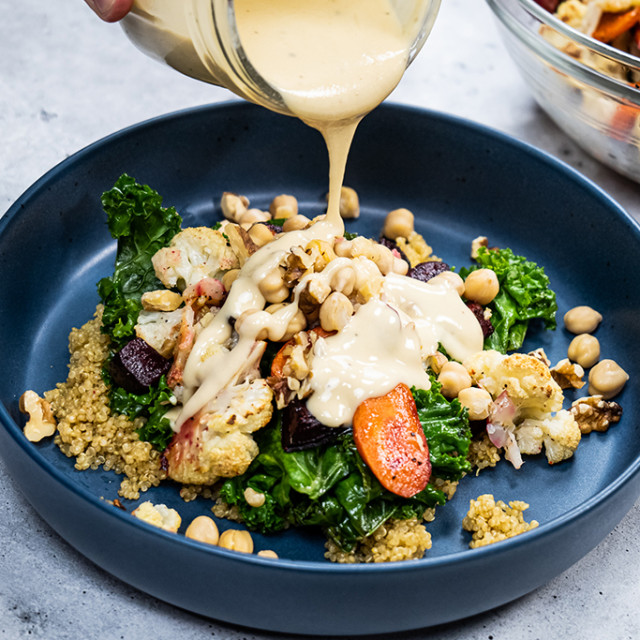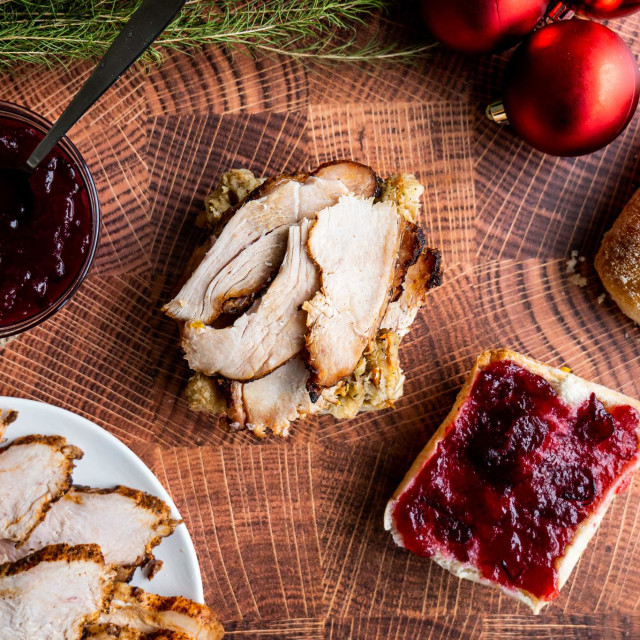Save Your Salmon: Your Foolproof Guide to Cooking Fish
It's well known that fish is one of the more difficult meats to cook properly. Undercooked, it can be dangerous. Overcooked, it's rubbery and tough to chew. But have no fear. We're here to take the guesswork out of cooking fish so you can eat your favorite fish dishes at home. Let’s dive in!
Ways to Cook Fish

Fry
Pan-frying and deep frying are the most common ways to fry fish. When pan-frying, make sure to use a skillet with more depth to ensure that your pan can hold enough oil or butter to fry the fish. If frying fish with batter, use an oil with a higher smoke point like peanut or canola oil. If frying with no batter, olive oil will work just as well. Try pan-frying halibut, which is mild and sweet in flavor.
Deep frying is another easy method and less hands-on than pan-frying. It's important to ensure that the oil is hot enough before placing fish in. This will help to ensure it cooks thoroughly while still developing that fried flaky crust. Alaskan cod, catfish and tilapia are great choices for frying fish.
Pro tip: Place freshly fried fish on a wire rack with paper towels. The paper towel will directly absorb any extra oil while keeping the fish crispy.
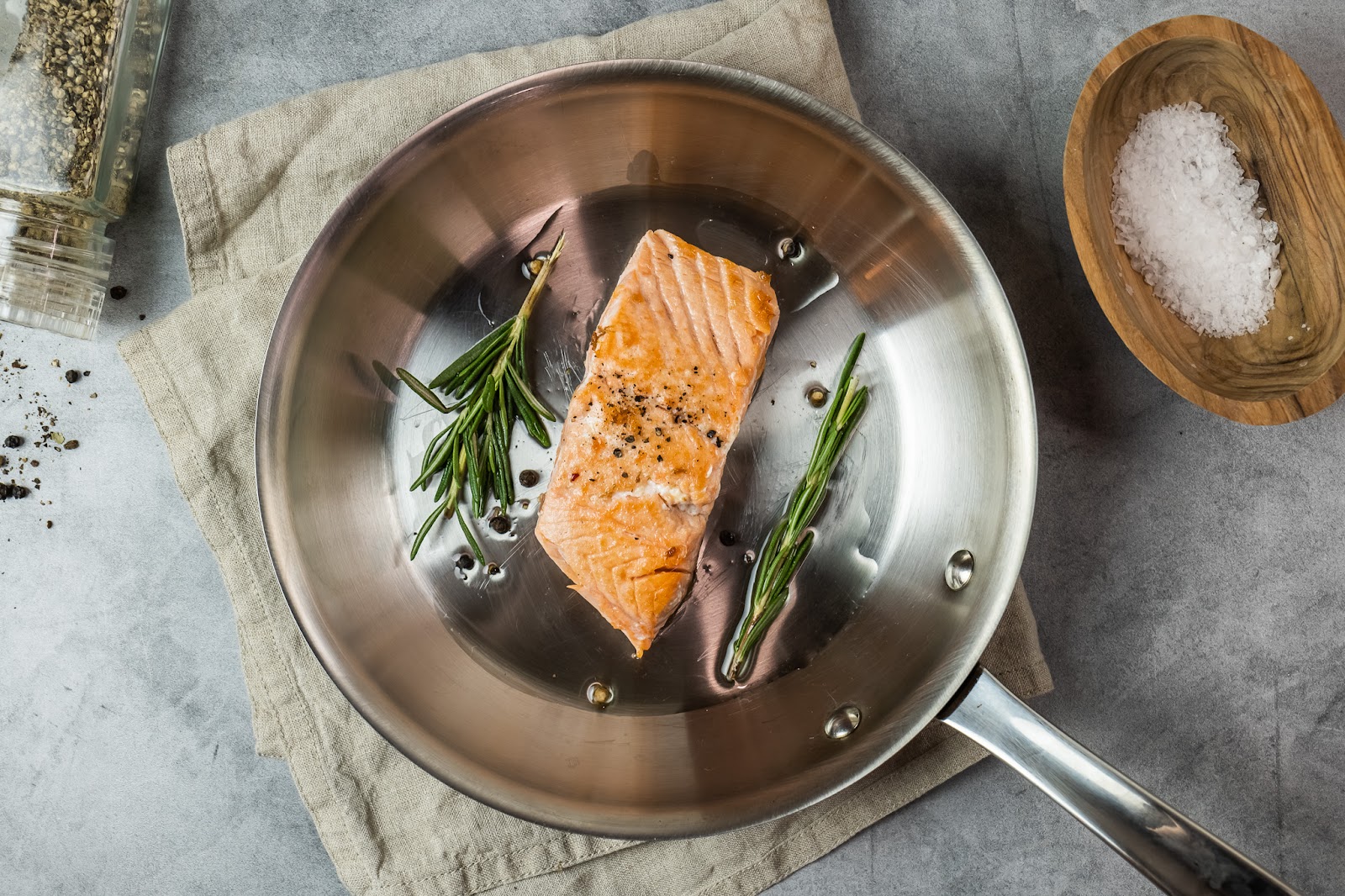
Sauté
The sauté method requires high heat and minimal oil or fat. The goal with sauteeing is to sear the fish. Searing will help to lock in moisture while still cooking it relatively quickly. Turn your pan to medium-high heat and let the oil get hot. When cooking fish skin, cook skin side down into the pan, making sure that every part of the skin makes contact with the oil to get that perfect sear. We recommend using smaller cut fish fillets when sauteeing. Fattier white fish, like red snapper, or tuna is a great choice for sauteeing.
Pro Tip: Avoid overcrowding the pan to ensure that the fish sears and cooks properly. If the pan is overcrowded, the temperature will lower and you won't be able to get that perfect sear.
z
Bake
Bake - Baking is one of the easiest ways to cook fish. Fish is best baked between 350 to 450 Fahrenheit. Whole fish, fillets, and steaks should be baked at 450 while other cuts should be baked at 350. Baking time varies depending on the thickness of the fish but should be flipped halfway through to ensure it cooks evenly. Due to its delicate nature, you should only flip the fish once since fish can easily break apart.
For easy cleanup, use foil packets. The aluminum foil seals in moisture and simmers the fish to tender perfection. Using this method is an easy way to infuse flavors like lemon juice, garlic or butter. Bass, haddock, and flounder cook quickly compared to other types of fish, making them a great choice for this cooking method.
Pro Tip: Not sure if the fish is cooked? We recommend using a meat thermometer to ensure the fish has reached proper cooking temperate or desired doneness.
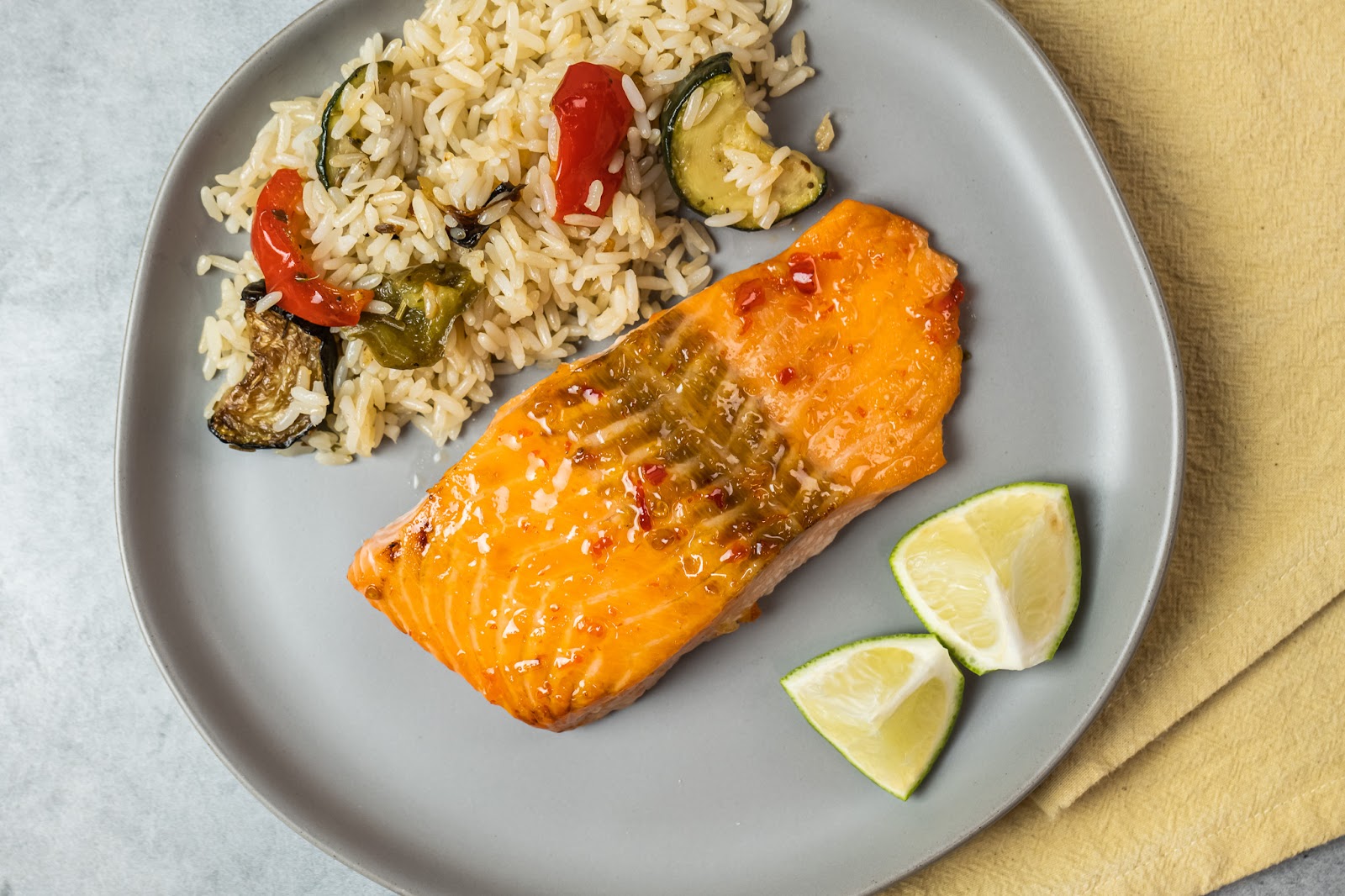
Broil
Most ovens have a broiler mechanism that gives you the ability to broil. Broiling used direct immense heat to cook your fish quickly. We recommend broiling fattier types of fish like salmon, which broil better and are less likely to be overcooked due to their higher fat content. The high heat from broiling develops a crust on the fish while still keeping it moist and tender.
Pro Tip: Keep an eye on your oven while broiling, as smoke can easily build up and set off your fire alarms.

Grill
Grilling is similar to broiling but the heat source is coming from below rather than above. This method is best for thicker cuts of fish steak like swordfish and tuna compared to leaner fish. Similar to broiling, grilling develops a crust on the fish through searing. When searing with skin on, be sure to properly oil the Using wood planks and seasoned wood chips also help to infuse flavor in the fish.
Pro Tip: If cooking with more watery fish, like white fish, use a grill basket to prevent your fish from burning or overcooking. This will also make it easier to get off the oven and prevent the delicate fish from falling apart.
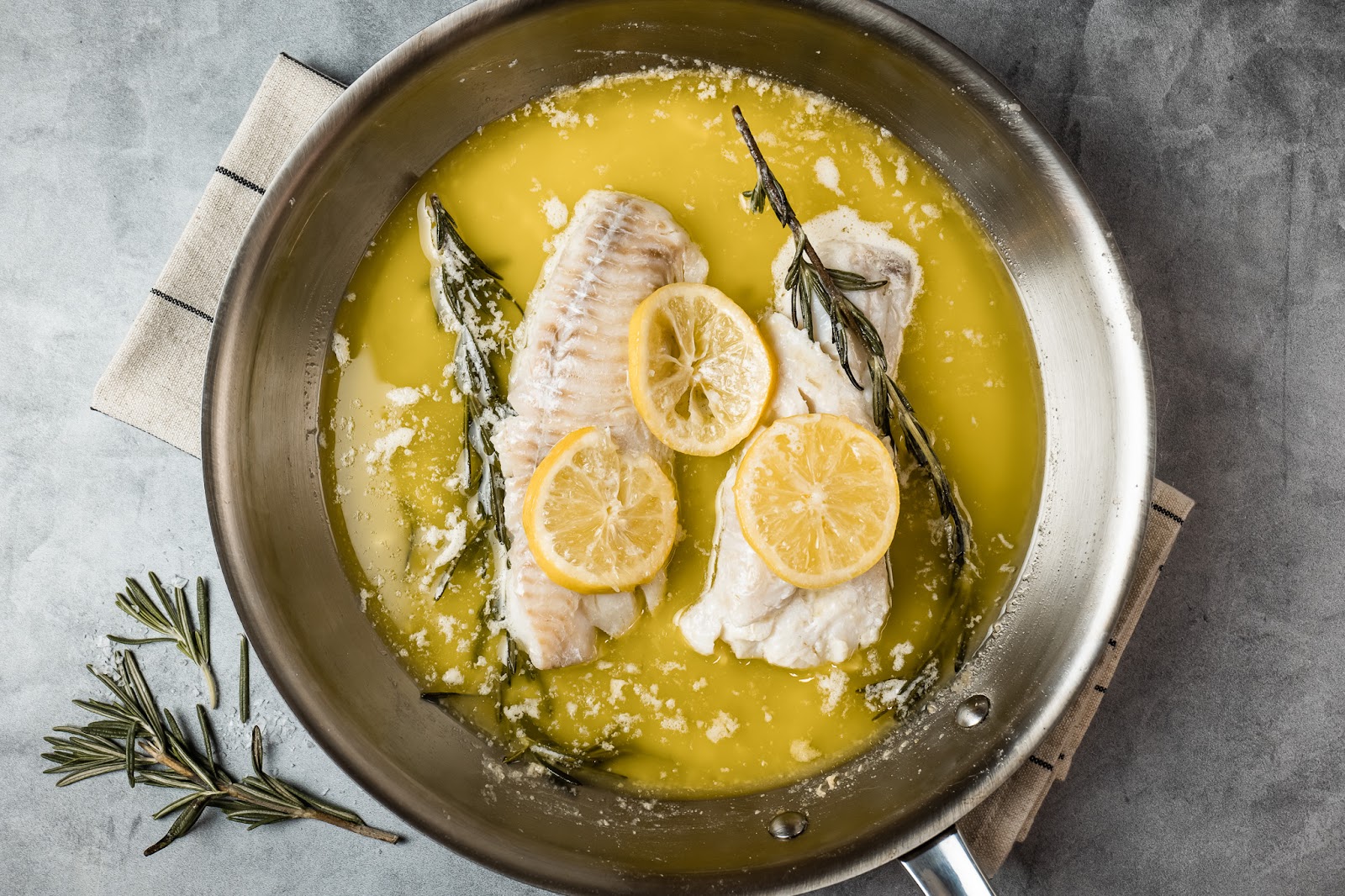
Poach
Poaching is also another way to cook fish. For this method, the goal is to simmer the fish with the liquid of choice (water, vegetable stock, etc). Try poaching fish in tomatoes or with lemons to create more depth and flavor for your dish.
Pro Tip: Keep an eye on your stovetop to ensure the pan doesn't get too hot. The liquid should not get to a rolling boil but rather should maintain and even simmer as it thoroughly cooks the fish. The fish will be firm to touch and opaque in color when it's thoroughly
Up Your Fish Game with Fresh Ingredients
Keep it fresh when it comes to cooking with raw fish
We always recommend using fresh fish for recipes that require raw fish. When making dishes like a poke bowl, ceviche, sushi, use fresh fish like salmon or ahi tuna, which are thicker and firmer in texture. In some dishes like ceviche, raw fish is "cooked" by the acid in the marinade. Don't have fresh fish available? Frozen works too. It's important to make sure you properly and safely thaw the fish. We recommend letting frozen fish thaw in the refrigerator.
Pro Tip: We don't recommend using previously frozen fish for dishes like sushi. Try to purchase fresh fish from your local fishmonger and place extra caution on using store-bought fish from grocery stores
Season like a champ
Fish is a great protein to cook because it has a mild flavor that's complemented by the seasonings and marinade. Whitefish tend to be mild and delicate in flavor so use seasonings like lemon and parsley that won't overpower it. For more flavorful fish like tuna and salmon, deeper and more complex seasonings like a soy-based marinade work better.
Pro Tip: Watch the salt and pepper. Don't season with too far ahead. Salt will break down the protein in fish and wick away moisture, resulting in a dryer fish. Salt just before cooking. And avoid using too much pepper, which can easily overpower the flavor of fish.
Time to Put Your Scales to the Test
When you're ready to tackle fish, try out our Hawaiian Grilled Mahi Mahi recipe.










